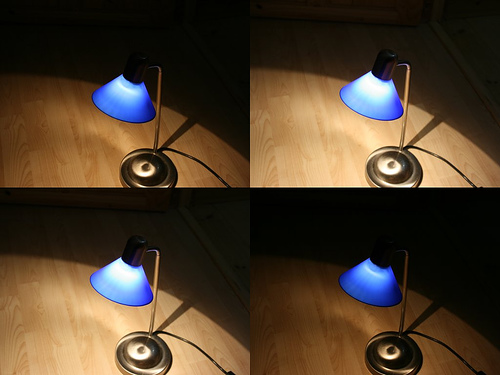
Want to nail the exposure? Fed-up with the set defaults? Want to do it in manual mode? There are several steps to go before you actually start tuning the dials. Every camera has several metering options. It’s critical to understand and learn to use these in order to be able to nail the exposure manually.
Exposure Compensation
TTL light meter measures the intensity of light, finds it appropriate for the photography and then controls aperture, shutter and ISO to achieve it’s task. But a machine remains a machine. Hence exposure suggested best by the cameras sometimes yields opposite or too different results. That may be one of the reasons, why cameras have inbuilt exposure compensation modes, those are denoted by EV (Exposure Value). If we select +1, camera will add one stop of exposure to the scene before the shot. If we select -1, the camera underexposes by a stop. So exposure compensation can be pushed positive if the scene looks underexposed, and negative if the scene seems overexposed.
To adjust the exposure on the image, many cameras offer metering modes. Primarily there are three metering modes as spot metering, center-weighted metering and pattern metering but there can be more modes depending on the camera.
Metering
Spot Metering
If this mode is selected, camera reads the exposure at and around the focus point on the scene, and applies the same exposure to the entire image. This mode meters 3% of the area in whole scene. This mode is best suggested when the subject is back-lit, like shooting against the sun (like a portrait).
Center Weighted Metering
The camera reads the exposure at the center of the scene and around the center [usually 8mm(adjustable) area] towards the edges, but emphasizes more on center. This mode is best suggested for shooting scenes such as landscapes.
Matrix Metering (Nikon)
The scene is divided into multiple small segments, and exposure is read at each segment. Data collected are then compared with pre-defined images of almost every possible photographic situation. This library of images is stored in the system’s memory. Many Nikon cameras have over thirty thousand such images. The exposure is made against the closest match. This is the default mode in Nikon cameras and is suitable for almost all scenes.
Evaluative Metering (Canon)
Many professionals claim that this is just Canon’s name for Matrix metering. However Canon’s own article has more and precise details about evaluative metering. Canon cameras are set to use this by default and it is suitable for most photographic work. It divides the scene into several zones, and meters the exposure, direct lighting and back-lighting in each zone and compare it with the exposure, direct lighting and back-lighting at auto-focus points.
Partial Metering (Canon)
It reads the light at the center and area around it, it meters around 10% of the area in the whole scene. It is similar to spot metering, however it covers around 6% – 9% of the area located at the center of the scene.

Situations and Metering Modes To Use
So before you go in setting the aperture and shutter-speed manually, experiment with the following. There’s greater possibility to get the results that you want than trying the auto modes or the full manual mode.
- Spot: Backlit Subjects as Shooting against Sun
- Center-Weighted: Large Areas as Landscapes
- Matrix: When you don’t really care, trust the camera’s meter or want to try your luck.
- Evaluative (Canon): Not much different from the last one.
- Partial (Canon): Same as spot but a little more tolerant of the spot. Can be used for backlit subjects.
Histograms Anyone?
Histograms are one of the most crucial pieces of exposure information. But don’t use the metering to even out the histogram — there’d never be high-key or low-key photographs if you always even-out the histogram. More so, when you are so much concerned about exposure that you want to override it with your choice, it should be your preference which define the optimal exposure, not a histogram per se.


First article I set my eyes upon. Liked it. Would wait for every input from you.